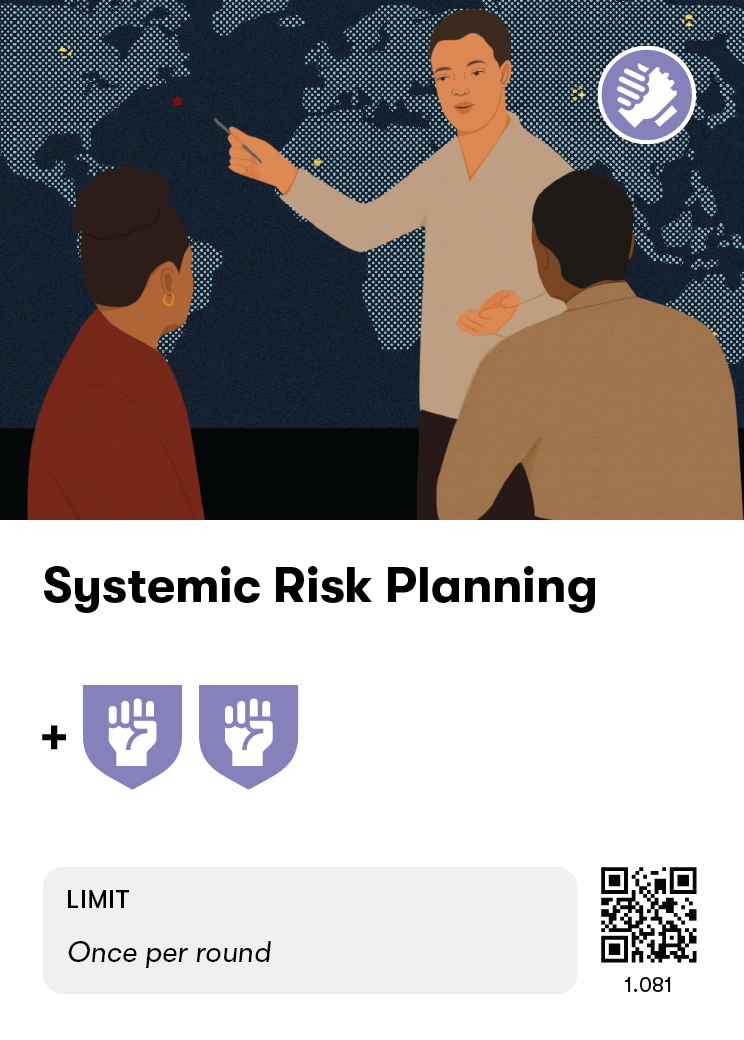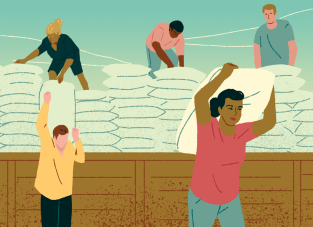Systemic Risk Planning
Local Project
International air travel has helped connect the world as never before. But in 2020, it helped spread the COVID-19 pandemic globally within months. Over a decade before, during the 2007/8 financial crisis, a crisis in the American mortgage market soon became a global economic crisis. This was because financial companies had become so connected. These are examples of risks that emerge out of entire systems: systemic risk.
The risks created by the climate emergency are also systemic. Food systems are a prime example. They rely on a small number of crops, grown in a small number of places, which are highly vulnerable to climate shocks. Food is distributed unequally, with hundreds of millions left to starve in climate-vulnerable countries, while a lot of food is wasted. Food production also produces about a third of all greenhouse gas emissions and is a major cause of ecosystem destruction.
Becoming resilient to the effects of the climate emergency requires societies to reduce systemic risk. In the case of food systems, this means diversifying where and what food is grown, minimizing waste, and ensuring fairer distribution of food.
Systemic risk planning is also needed in other systems, including financial, health, and political systems, all of which are vulnerable to the worsening impacts of the climate emergency.
Add 2 Social Resilience tokens to your player board.
You may take this action once per round.

Briefing note on systemic risk (UN Office of Disaster Risk Reduction, UNDRR)
Climate change risk assessment (Chatham House)
New Tools Needed to Assess Climate-Related Financial Risk (The White House)
Consider undertaking systemic risk planning for your organization, identifying risks that might get worse during the climate emergency: food, health and financial.
Ask your local and national politicians what systemic risk planning has been carried out in the face of the climate emergency, and what you need to know.



